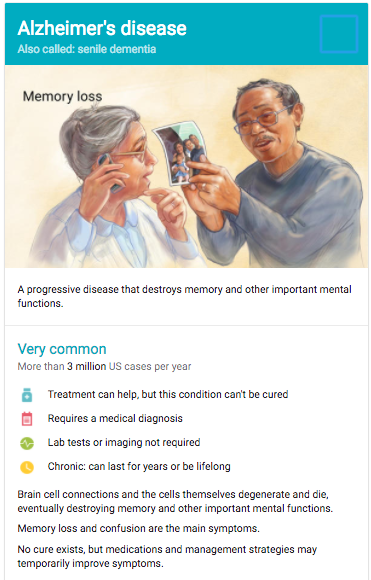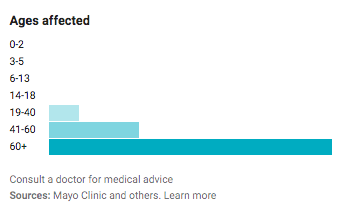
As we get ready for the Alzheimer’s Association’s annual fundraising and awareness event, The Longest Day, held every June 21, let’s take a minute to test your knowledge about Alzheimer’s disease, age-related dementia and memory care.
Take our quiz below, and then see how you did by checking the answers to the questions at the end of the article. Have fun and, if you learn something new, make sure you share it with your family and friends to help foster better community understanding of the critical need for more dementia research and more caregiving resources in the Tristate.
Let’s see how you do!
- What percentage of American seniors suffer from Alzheimer’s and other age-related dementias?
- 2.1%
- 6.7%
- 10.0%
- 18.2%
- In 2014, the most recent year for which data is available, what was the total estimated value of unreimbursed care provided to Americans with dementia by family caregivers?
- $217.7 billion
- $331.2 billion
- $547.1 billion
- $1.2 trillion
- What did the estimated value of unreimbursed dementia care in 2014 equate to in terms of approximate percentage of total US gross domestic product (GDP) for the same year?
- 0.33%
- 1.25%
- 2.17%
- 5.73%
- What percentage of his or her annual income does the average family caregiver pay out-of-pocket, per year, to support a loved one with age-related dementia?
- About 5%
- About 20%
- About 28%
- About 39%
- What causes Alzheimer’s disease?
- A buildup of amyloid plaques in the brain.
- Lewy bodies.
- A high fat diet.
- The causes of Alzheimer’s disease are not well understood.
- Genetics
- What’s the most effective modern method of memory care for Alzheimer’s and dementia patients?
- Game-based learning, such as SAIDO Learning
- App-based learning, including Grey Matters
- Music therapy
- Art therapy
- Monitored “safe wandering”
- All of the above
ANSWERS:
- (c) 10%. According to the Alzheimer’s Association, 1 in 10 Americans aged 65 or older has an Alzheimer’s dementia diagnosis.
- (a) According to the Alzheimer’s Association, the economic value of the care provided by unpaid caregivers to those with Alzheimer's disease or other dementias was $217.7 billion in 2014. The total value of unreimbursed care is projected to continue growing as the Baby Boom generation reaches peak retirement.
- (b) About 1.3%. In 2014, total US GDP was $17.393 trillion.
- (b) Per AARP’s “Family Caregiving and Out-of-Pocket Costs: 2016 Report,” the average American family caregiver annually spends approximately $6,954 out-of-pocket to support a loved one with dementia, which is reportedly about 20% of the national median income.
- (d) Although amyloid plaque aggregations have certainly been observed in a large number of Alzheimer’s patients, it is not known if they’re causal for Alzheimer’s, or simply a co-symptom. Moreover, not all Alzheimer’s patients exhibit anomalous amyloid plaque build-ups.

Lewy body proteins are suspected to cause another form of age-related dementia that is, in many respects, similar to Alzheimer’s.
High fat diets have been investigated as possible vectors for the development of Alzheimer’s dementia but, to date, no definitive, causal relationship has been demonstrated.
Several genes, including APP, PS1 and PS2, have been demonstrably linked to the development of Early-Onset Familial Alzheimer’s Disease (eFAD), but they’re probably not responsible for more traditional Alzheimer’s disease presentations. Like breast cancer and heart disease, some Alzheimer’s cases are probably attributable to genetics, while others are not.

The only fact we really know is that we don’t really know, for every patient, if there’s a single “smoking gun” factor or set of factors that causes Alzheimer’s to develop.
- (f) All of these methods are considered state-of-the-art methods for memory care. Marjorie P. Lee and its Episcopal Retirement Services sister communities offer a full suite of residential memory care treatments, including all those listed here.












